Round-the-World Flights
US Military B-24 Bomber Round-the World Flight
Page 3a (rev: 1001)
| B-24 Bomber Plane | Reichers(standing left) | Enemy at the Gates | Col Alva L Harvey | Army Air Forces |
|---|---|---|---|---|
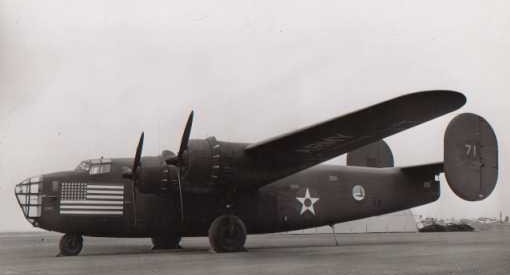
|
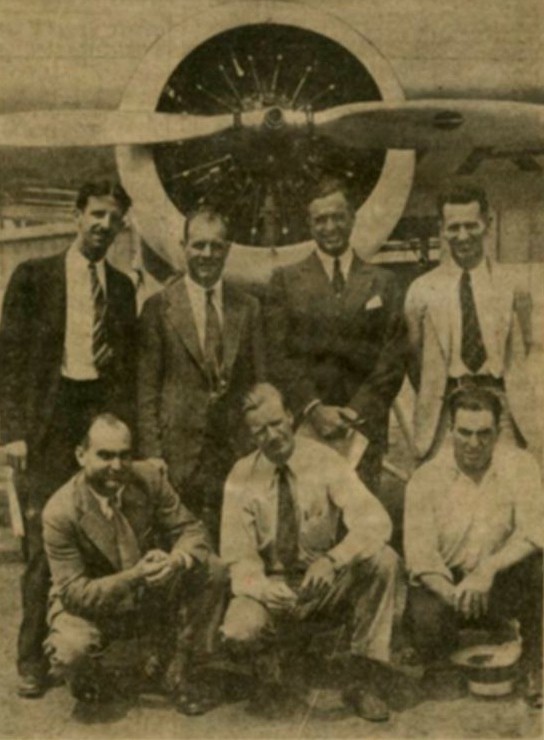
|
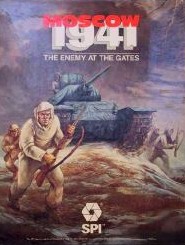
|
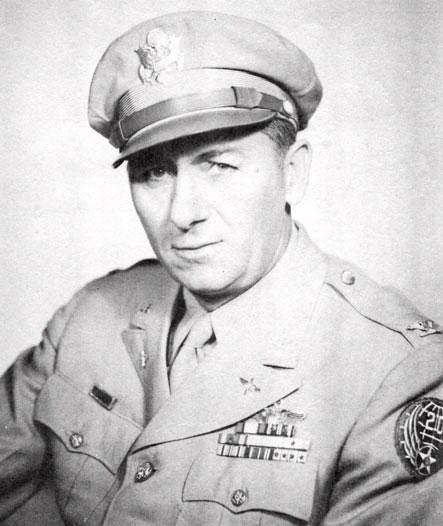
|
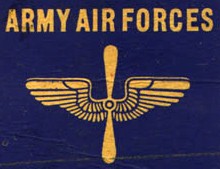
|

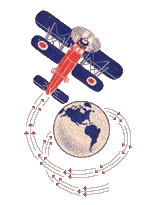
| B-24 Bomber Plane | Reichers(standing left) | Enemy at the Gates | Col Alva L Harvey | Army Air Forces |
|---|---|---|---|---|

|

|

|

|

|

Departed Washington, DC 09/13/41 Montreal, Canada Newfoundland Preswick, Scotland (Over northern tip of Norway & Finland) Moscow, Soviet Union Habbaniyeh, Iraq Karachi, Pakistan Calcutta, India Rangoon, Burma Singapore Port Darwin, Australia Port Moresby, Papua New Guinea Wake Island Honolulu, HI March Field, CA Fort Worth, TX Arrived Washington, DC 10/30/41